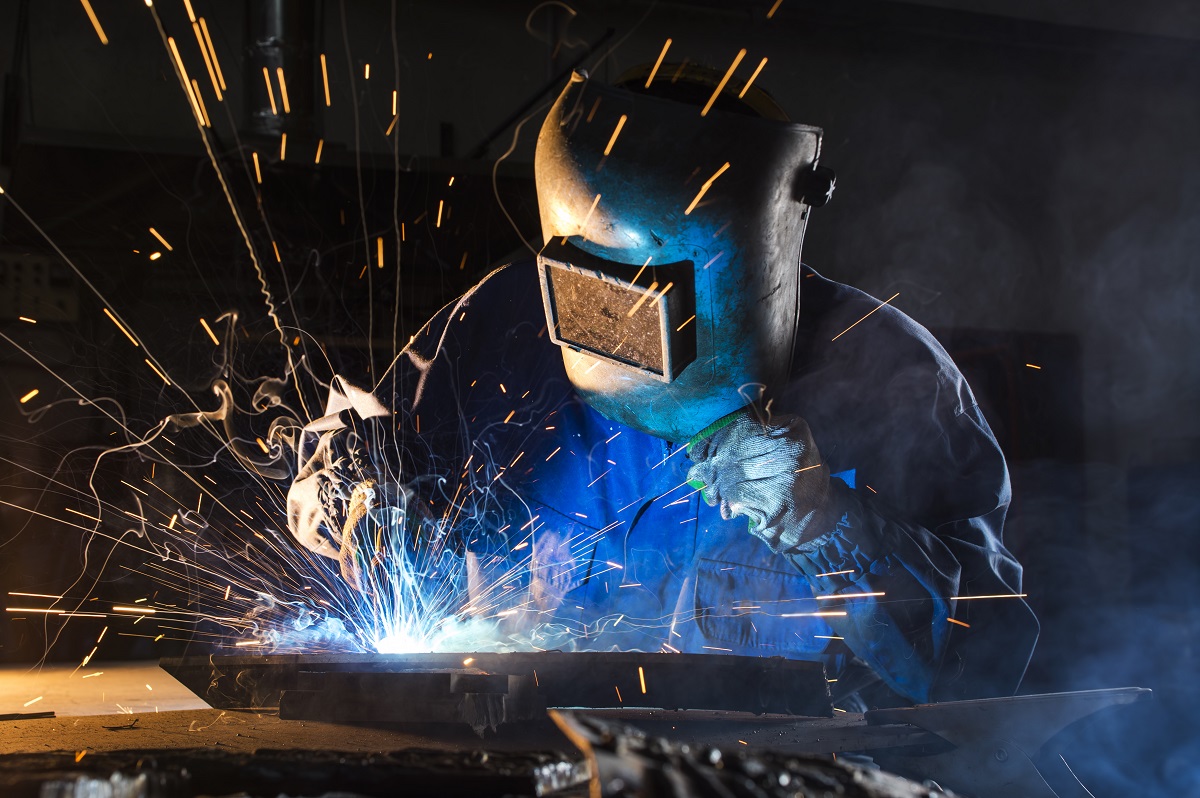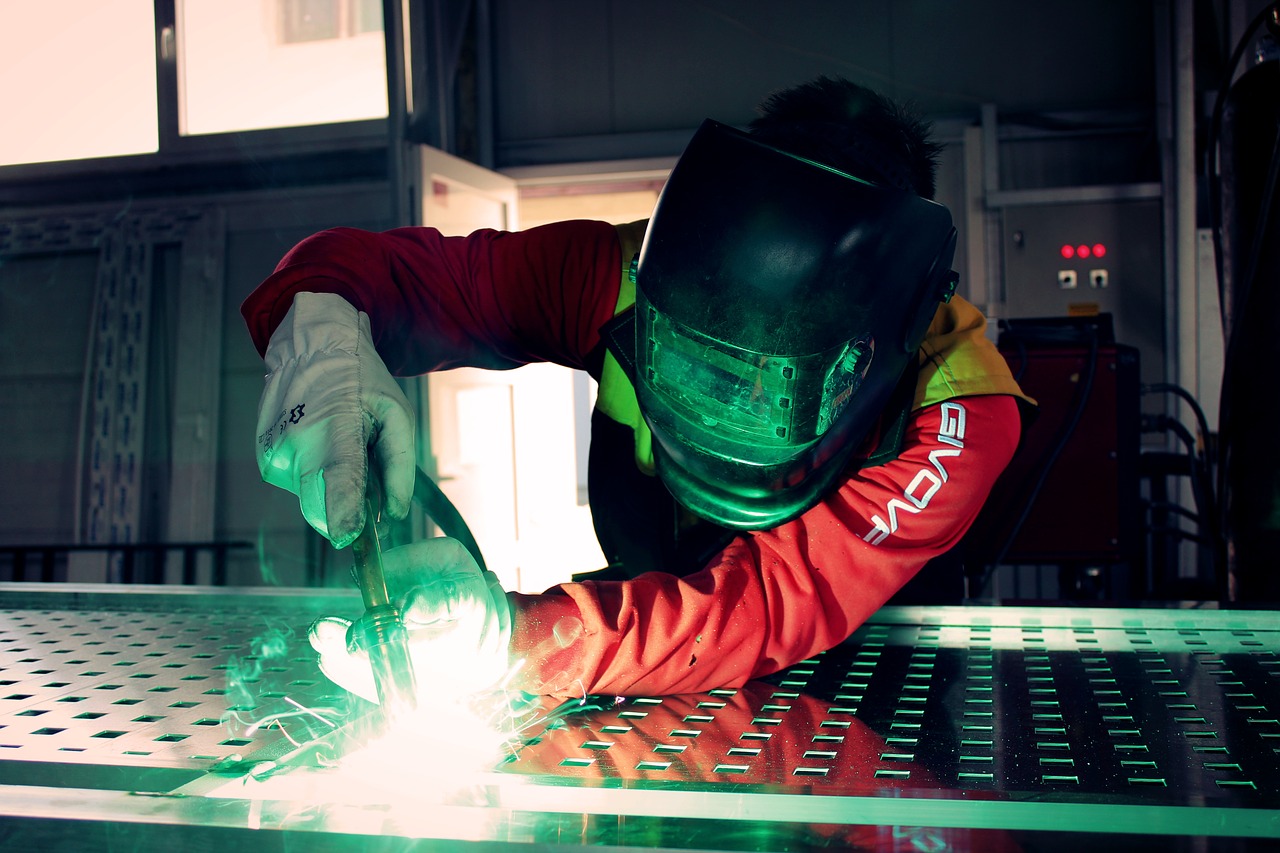Typical Welding Repair Work Issues and Exactly How to Address Them Successfully
Welding fixings frequently encounter a series of problems that can endanger the honesty of the final item. Typical troubles include inadequate penetration, porosity, and imbalance, among others. Each issue offers distinct difficulties that need certain approaches for resolution. Recognizing these issues is necessary for welders intending to improve their end results and skills. This discussion will discover these typical welding repair issues and effective approaches to address them.
Poor Penetration
Poor infiltration happens when the weld metal stops working to totally fuse with the base product, leading to weak joints and possible structural failures. This problem usually originates from inadequate heat input, inaccurate electrode angle, or incorrect welding speed. Welders might run into insufficient infiltration due to a mistake of the essential criteria for a certain material thickness or kind. Furthermore, contamination on the base product's surface can hinder efficient bonding, aggravating the problem. To resolve poor infiltration, welders must ensure appropriate settings on their devices and maintain a tidy job surface area. Normal inspection of welds is recommended to recognize any deficiencies early, allowing for prompt modifications and the prevention of jeopardized structural stability in welded settings up.
Porosity
Porosity is an usual problem in welded joints that shows up as small gas bubbles entraped within the weld steel. This problem can compromise the stability of the weld, leading to reduced toughness and possible failing under stress and anxiety. Belgrade Fabrication. Porosity typically arises from contamination, wetness, or incorrect welding techniques, which enable gases to run away into the molten weld pool. To resolve porosity, welders ought to guarantee proper surface area prep work, preserve a tidy functioning setting, and make use of suitable welding parameters. Furthermore, choosing the best filler product and protecting gas can mitigate gas entrapment. Normal evaluation and testing of welds can help identify porosity early, assuring timely corrective activities are taken, therefore protecting the top quality and reliability of the welded structure
Misalignment
Imbalance in welding can arise from numerous elements, including improper configuration and thermal development. Comprehending the source is important for reliable resolution. A number of improvement techniques are available to straighten parts and ensure architectural integrity.
Sources of Imbalance
Welding imbalance typically originates from a selection of underlying concerns that can endanger structural integrity. One primary reason is incorrect fit-up of parts before welding, which can lead to gaps and uneven surface areas. Variants in thermal development throughout the welding procedure can also result in distortion, specifically if the materials being joined have different coefficients of development. In addition, poor clamping and fixturing may fail to hold parts securely in area, bring about activity throughout welding. Inadequately conserved equipment, consisting of welding equipments and tools, might present variances in the weld bead, more adding to misalignment. Operator mistake, stemming from inadequate training or experience, can also play a considerable role in developing misaligned welds.

Correction Techniques Readily Available
Addressing imbalance efficiently requires a combination of corrective methods customized to the details problems handy. One common approach is making use of components or jigs to hold elements in the right placement during welding, making certain constant alignment. Additionally, pre-heating the products can help in reducing distortion and improve fit-up. For substantial imbalance, mechanical realignment techniques, such as using hydraulic jacks or clamps, can be employed to deal with the placement before welding. Post-weld heat therapy may additionally be essential to ease anxieties triggered by misalignment. Ultimately, careful evaluation and adjustment throughout the setup phase can avoid misalignment concerns from coming to be significant troubles, promoting a smoother welding process and improving overall structural stability.
Distortion
Distortion is a typical challenge in welding that can develop from different elements, including unequal cooling and heating. Comprehending the reasons for distortion is necessary for executing effective avoidance techniques. Addressing this concern not only improves architectural honesty yet likewise enhances the total high quality of the weld.
Reasons of Distortion
When subjected to the intense warm of welding, products usually undertake changes that can cause distortion. This sensation primarily develops from thermal growth and tightening during the welding process. As the weld area warms up, the material increases; upon air conditioning, it contracts, which can develop interior tensions. Additionally, unequal home heating throughout a workpiece can worsen these tensions, causing bending or bending. The kind of material also plays a considerable function; steels with varying thermal conductivity and coefficients of growth may respond in different ways, leading to uncertain distortions. Additionally, bad joint design and inadequate fixturing can contribute to imbalance during welding, boosting the chance of distortion. Understanding these causes is essential for efficient welding repair service and avoidance techniques.
Avoidance Techniques
Efficient avoidance methods for distortion during welding concentrate on controlling warm input and making sure correct joint layout. Maintaining a regular warm input helps to decrease thermal growth and tightening, which can cause distortion. Utilizing methods such as pre-heating the work surface can additionally minimize the temperature gradient, promoting uniform heating. Furthermore, picking ideal joint styles, such as T-joints or lap joints, can boost security and decrease stress focus. Executing correct fixturing to safeguard the work surfaces in location better aids in preserving placement during the welding process. Lastly, staggered welding series can disperse warmth much more uniformly, preventing localized distortion. By using these approaches, welders can substantially decrease the likelihood of distortion and enhance the overall top quality of their welds.
Fracturing
Cracking is an usual issue experienced in welding repair services, commonly arising from numerous variables such as inappropriate air conditioning rates, material selection, or poor joint preparation. The event of fractures can substantially jeopardize the integrity of the weld, bring about prospective failings during procedure. To resolve this problem, welders have to initially examine the origin, making sure that products are suitable and suitably selected for the details application. Additionally, regulating the air conditioning rate during the welding process wikipedia reference is important; fast cooling can cause stress and bring about fracturing. Correct joint design and prep work likewise contribute to decreasing the threat. Executing these strategies can improve weld quality and longevity, eventually decreasing the chance of splitting in completed weldments.

Incomplete Fusion
A considerable problem in welding fixings is insufficient combination, which takes place when the weld metal does not effectively bond with the base product or previous weld passes - Belgrade Welding. This problem can lead to weak points in the joint, potentially endangering the stability of the bonded framework. Aspects contributing to insufficient combination consist of inadequate warm input, inappropriate welding strategy, and contamination of the surfaces being joined. To address this issue effectively, welders need to ensure appropriate pre-weld cleansing and surface area preparation, along with adjust their welding parameters to accomplish adequate penetration and blend. Normal examination during the welding procedure can additionally aid recognize insufficient blend early, permitting for prompt rehabilitative steps to boost the overall high quality of the weld
Overheating
While welding repairs can enhance architectural integrity, overheating offers a significant challenge that can cause product destruction. Extreme warm during welding can alter the mechanical homes of metals, resulting in decreased strength, increased brittleness, and bending. This phenomenon is particularly crucial in high-stress applications where architectural dependability is extremely important. Determining getting too hot can involve visual examinations for discoloration or distortion, as well as monitoring temperature during the welding procedure. To minimize the risks check my reference connected with getting too hot, welders need to employ suitable techniques, such as regulating warmth input, readjusting traveling speed, and utilizing ideal filler materials. Furthermore, executing pre- and post-weld heat therapies can assist bring back material homes and boost the overall high quality of the repair work, making sure lasting efficiency and security.
Frequently Asked Questions
What Are the Typical Indicators of a Welding Defect?

Exactly How Can I Examine My Welds for Quality?
To test welds for high quality, one can use aesthetic inspections, ultrasonic testing, and radiographic techniques. Each method guarantees architectural stability, determines problems, and verifies adherence to specified standards, eventually enhancing the dependability of the welded joints.
What Safety Safety Measures Should I Take While Welding?
When welding, one need to focus on safety and security by putting on suitable individual safety devices, ensuring correct air flow, protecting combustible materials away, maintaining a clean workspace, and knowing surroundings to avoid injuries and mishaps.
Can I Fix a Weld Without Renovating the Entire Joint?
Fixing a weld without redesigning the entire joint is possible, depending on the damage (Welding). Strategies such as grinding, check out here including filler product, or utilizing a welding process can properly attend to certain imperfections while protecting the surrounding framework
What Devices Are Necessary for Reliable Welding Repairs?
Vital devices for reliable welding repairs include a welding device, cord brush, mill, safety equipment, clamps, and filler materials. Each device plays a vital duty in guaranteeing quality and safety during the fixing process. Porosity normally emerges from contamination, moisture, or improper welding techniques, which enable gases to get away right into the molten weld pool. Badly maintained equipment, including welding makers and tools, might present incongruities in the weld grain, further contributing to imbalance. When subjected to the intense warmth of welding, materials usually undertake adjustments that can lead to distortion. Cracking is a common problem come across in welding fixings, usually resulting from different aspects such as improper cooling prices, material choice, or poor joint prep work. A significant problem in welding fixings is insufficient fusion, which happens when the weld metal does not effectively bond with the base product or previous weld passes.